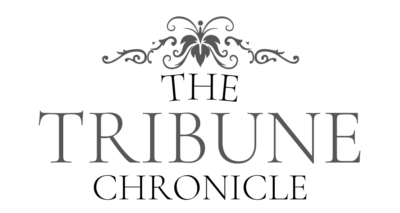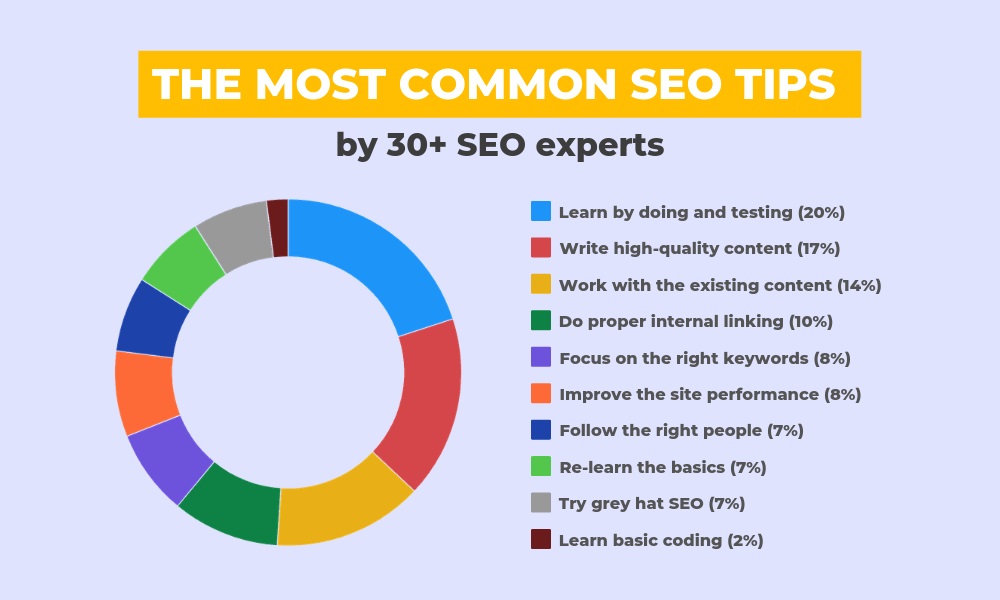Most Effective SEO Tips for a Beginner
You can achieve tremendous gains by following the basic SEO tips. You can achieve 90% of the benefits of SEO with a small amount of work. Using the following tips, you can improve your rankings, rank for more keywords, and generate more exposure on Google. Listed below are some of the most important SEO tips for beginners. Read this article and learn how to create a website hierarchy. You can apply the techniques in your website to improve your visibility on the web.
On-page optimization
When you’re starting out, there are many on-page SEO tips that you can use to improve your website’s search engine rankings. Title tags are the first step to effective on-page SEO. Every page of your website should contain a title that contains the keywords. To find the best keywords, you need to dedicate some time to conducting keyword research. Meta tags, also known as secondary keywords, are also crucial because they help your content gain visibility when people search for your keywords.
The best way to optimize your content is to create content that is valuable to your readers. By providing value, you will boost your website’s ranking and drive traffic. Another important on-page SEO tip is to make sure your website loads quickly. You can do this by minimizing HTTP requests, implementing caching, and reducing the size of your pages. In addition, make sure your website is responsive so it will look great on different devices.
Images Act as Effective SEO Tool
Images are another area to optimize. Choose images that are smaller in size, so that they will not affect the page load time. You can also use tools online to reduce image size, such as Optimizilla. Both of these tools are free to use but charge if you want to use them more than once. Premium themes like Thrive Themes include an in-built image optimizer, so you can skip this step.
Choosing keywords wisely is vital for page-one visibility. Although Google looks at keywords in content to determine how relevant your page is, keyword stuffing is not a good idea. It actually ruins the user experience. Fortunately, you can get a high page rank by following the latest on-page SEO tips. You’ll be able to attract more traffic and more leads. This will translate into more revenue and sales.
Using Google Analytics is another essential way to determine how well your on-page optimization efforts are working. This tool lets you monitor your website’s performance and audience. You can also learn the basics of Google Analytics by reading articles on SEOpedia. You should check the time spent by visitors on each page. By using Google Analytics, you can determine if your on-page optimization efforts are delivering the results you expect.
Keyword research
Among the most effective SEO tips for a beginner is the use of keywords in all the content you produce. This means including the relevant keywords in blog posts, landing pages, and meta tags. Choosing the right keywords will depend on the type of content you are creating. For example, a blog post would need a keyword that conveys information, while a product or service page would need a keyword that expresses transactional intent. Keyword research tools such as SEMrush provide keyword difficulty measurements and suggest the most difficult keywords to target.
In addition to keywords, the blog should also have images. One should use at least one image for each blog entry, but you may choose to include more than one image to emphasize different aspects of your content. Images are great tools for optimizing search engines, providing opportunity to add keywords through alt text, title text, and image file names. Make sure to include these keywords in every article and blog post you create, including the titles.
The best SEO tips for a beginner include implementing a keyword strategy that will generate a higher volume of organic traffic. Keywords are the terms people use when looking for similar products or services. If you don’t know what keywords to use, then you can research what your competitors are using to gain traffic. Another helpful SEO tip is to use meta tags in the HTML, which describes the content of your pages and help search engines determine their relevance.
Optimize the page title, URL, and header tags. These are critical elements in search engine ranking, so be sure your page title is clear, contains your target keyword, and contains at least 60 characters. A good title tag is the most important part of the content. A top-ranking article uses a keyword that is natural and reflects the subject of the article. The title tag should be clear, short, and relevant.
Internal linking
Internal linking is the process of connecting pages on a website. The more visitors click on the links within a site, the more weight that link carries. For this reason, it is important to provide helpful links within your content. When possible, link to a page with high conversion rates. However, if this is not feasible, consider using nofollow links. Google will not crawl such links.
When creating an internal linking strategy, make sure that the links are relevant and appear natural. Unlike external links, internal links should add value to the content. If possible, include relevant statistics about your audience. Using internal links to point users to relevant statistics is also an effective way to improve your website’s SEO. These links are not only beneficial for the content of your website, but also for maximizing your website’s traffic and conversion rates.
Another essential SEO tip for beginners is using internal links. These links connect older pages to new ones. Use them to explain complex topics and terms to your readers. You can also use them to link back to your old content. The more internal links your site has, the more it will improve its overall ranking value. So, keep up the good work! And, don’t forget to update your content frequently.
When creating internal links, make sure you have a clear understanding of how internal linking works. If you don’t know how internal linking works, you can use a broken link checker. The best way to start internal linking is by creating new content. Linking relevant URLs on your site is essential for boosting traffic, authority, and optimization. According to an analysis of the Google Search Console website, “Why” and “How-To” posts generated more links than videos, while infographics and articles generated more links than any other post type.
When making internal links, you should use the appropriate anchor text. Anchor text refers to the word or phrase that is associated with the link. Anchor text is a term that helps Google understand the meaning of the link. When it is used properly, it can help a website’s ranking in the search engine results. And a good anchor text can make a page more readable for users.
Creating a website’s hierarchy
One of the first steps in SEO is ensuring that your website is set up correctly. Your website’s hierarchy should include the major categories, subsections, and specific pages. To visualize this, you can use visualization tools. You should also ensure that your hierarchy is accessible within three clicks from anywhere on your site. This is because the hierarchy of a website is highly important to search engine optimization.
The site hierarchy refers to the way in which the pages of a website are arranged from top to bottom. A good site hierarchy is organised so that each page is easily accessible and relevant to its category. It should be easy to navigate, with categories that are unique. Subcategories should relate to the main categories. If you have many categories, it will be more difficult to navigate the website. A good rule of thumb is to have five core categories and subcategories under those.
The most common structure for a website is hierarchical. It follows a hierarchy of categories, from general to specific pages. It is also possible to create a hierarchy of informational pages, and other categories. The starting page is the one that receives the most traffic, and all other pages should be grouped within categories. Your hierarchy should be intuitive to users, as well as for crawlers.
When planning a website’s structure as a beginner in SEO, it’s crucial to consider how your competitors’ website structures their content. While it may sound complicated, top-performing competitors will likely use similar structures, which will create a sense of familiarity among your visitors. It’s also essential to evaluate your competitors’ websites from the point of view of a user. This can be done with web scraping tools and parsing software.

